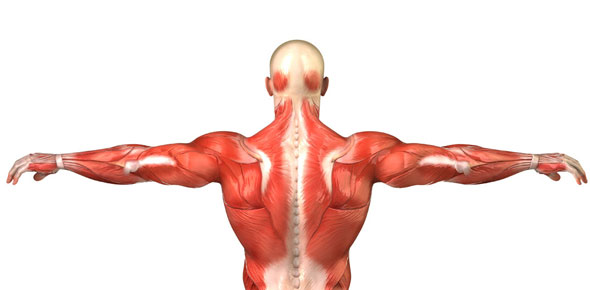April - First Aid - Bone, Joint And Muscle Injury
- AHA
- OSHA
- CPR
2.
You may optionally provide this to label your report, leaderboard, or certificate.
×
Thank you for your feedback!
















